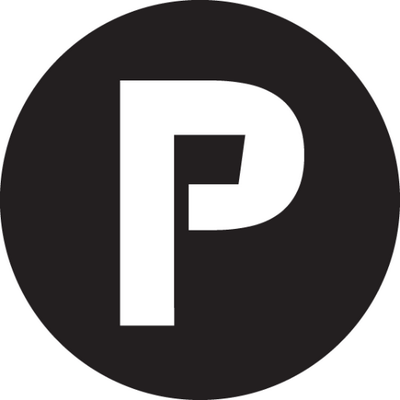How to Thrive When the On-Demand Economy Bubble Pops

There is no denying the on-demand economy (ODE) has made lives more convenient. With the touch of a smartphone screen, consumers can request a full tank of gas to be filled while at work and have a masseuse at their door within the hour. The ODE has infiltrated our day to day lifestyle with countless convenient options.
It's rumored that the ODE bubble is expected to pop and some attribute consumer's lack of loyalty to brands and infrequent use to the upcoming demise of ODE. A variety of these companies won't survive the next few years - only those making strides toward performing tasks in the easiest way possible have a chance at success.
On-demand app users are concerned with the outcome of a service, rather than which brand performs the service. This concept is apparent for ride-sharing apps, such as Uber and Lyft, where users and drivers switch back and forth.
Forecasting profits for an on-demand service is shaky and far from predictable. For example, food delivery apps are a great source of convenience, but how often do users place orders on a consistent basis?
Here are four foolproof ways to thrive when the on-demand economy bubble pops:
Set Up Social
Brands that want to survive the ODE must engage with their customers via online social media platforms. This doesn't mean a brand has to have 10 different profiles, but it does mean brands need to find out where their users hang out online. This information will guide brands to create conversations with their users and build relationships.
Recognize Value-Oriented Customers
Users who aire on the financially conservative side of spending on services seek the most affordable option for products and services. These are the users who tend to flip back and forth between ride-sharing apps and cross-check multiple stores before purchasing products.
Understand Convenience-Oriented Consumers
Customers who are convenience-oriented tend to value their time over the cost of a service. They are willing to pay food delivery services a hefty delivery fee if it means they don't have to spend their time cooking a meal or driving to pick up an order.
Provide Zero Friction
It's evident that customer experience is crucial to success through industry leading companies like Amazon. Zero friction for the end user is the key aspect to exceptional service. This entails a deep analysis of every point in the buying process that the customer comes in contact with.
Minimizing interruptions by streamlining processes is possible through mobile applications. The goal is to provide users with more time in their day, rather than take time out of their day. Companies combining these four foolproof tactics with the intention to lighten user's workload is sure to thrive when the on-demand bubble pops.
 Author Bio
Author Bio
Spiffy CEO Scot Wingo is a four-time serial entrepreneur and industry thought leader in the ecommerce and on-demand economy realms. Scot has appeared on CNBC, The Today Show and contributed his expertise to the WSJ, New York Times, Washington Post, Bloomberg, AP, Reuters and many other publications. Scot previously founded Stingray Software, which was sold to Rogue Wave Software, AuctionRover, that sold to Goto/Overture and ChannelAdvisor, which went public (NYSE:ECOM) in 2013.
Subscribe to Our Newsletter!
Latest in Software








